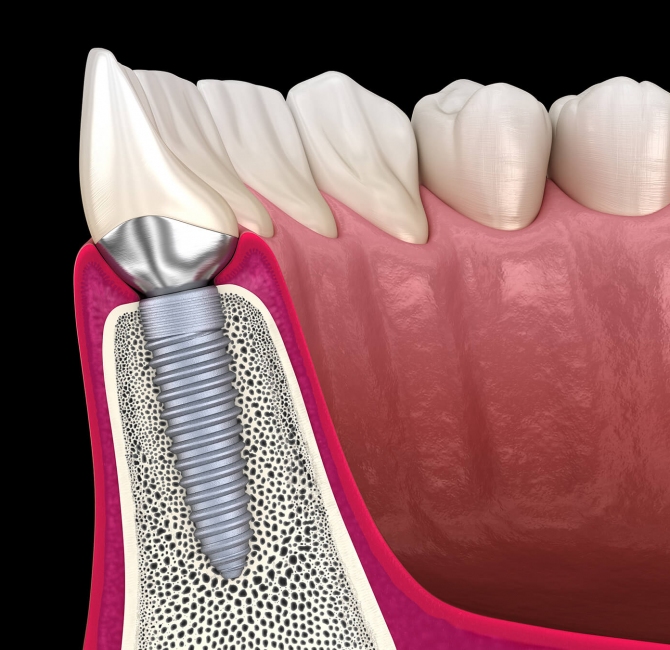Adolescence is the period of rapid biological growth, changes, and social role transitions between childhood and adulthood. Accurate, comprehensive, and up-to-date medical, dental, and social histories are necessary for proper diagnosis and effective treatment planning. The age and stage of adolescence (early, middle, late) can impact diagnostic, preventive, and restorative treatment decisions.
Treating adolescent clients can be multi-faceted and complex due to their unique needs, including:
- Potentially high dental caries rate
- Tendency for poor oral hygiene, nutritional habits, and routine oral healthcare access
- Increased risk for periodontal diseases and traumatic injury
- Heightened esthetic desire and awareness
- Increased risk for periodontal diseases and traumatic injury
- Potential use of tobacco, nicotine, alcohol, and other drugs
- Desire for oral piercings
- Dental phobia
- Increased risk of eating disorders
- Unique social and psychological needs
This best practice document addresses some of the special needs within the adolescent population and proposes general recommendations for their management. Oral health topics covered include dental caries, fluoride use, oral hygiene, diet management, sealants, preventive treatment, restorative dentistry, periodontal diseases, malocclusions, third molars, temporomandibular joint disorders, congenitally missing teeth, ectopic eruption, traumatic injuries, esthetic concerns, substance use, and oral piercings. Establishing and maintaining trust and confidentiality are essential when providing care for adolescents due to the complexity of their needs and psychosocial influences.



